Have you ever been to Kamakura? As a historic city, many people visit to explore its temples and shrines. Famous spots like Tsurugaoka Hachimangu Shrine, Kenchoji Temple, Hasedera Temple, and Kotokuin Temple are popular choices, aren’t they? However, with their popularity often comes crowds, and that can sometimes take away from the experience. I personally find it hard to enjoy even the grandest temples when they’re overcrowded—I’m just not a fan of large crowds.
That’s why I prefer places where I can immerse myself in nature, and quietly experience history and culture without feeling rushed. In this post, I’ll introduce five lesser-known spots where you can enjoy a more peaceful visit!
Jōchi-ji Temple

Jōchi-ji Temple is located just an 8-minute walk from Kita-kamakura Station towards Kamakura Station. The temple grounds are filled with natural beauty, and depending on the season, you can enjoy a variety of flowers.
It was founded around 1281 to honor the memory of Hōjō Munemasa, the third son of the fifth shogunal regent Hōjō Tokiyori, who passed away.
Jōchi-ji is ranked as the fourth temple in the Kamakura Five Mountains, a prestigious group of five Zen temples that were given the highest rank during the Kamakura period, modeled after China’s Five Mountains system.
What I love most about Jōchi-ji is its relaxed atmosphere. Despite being a historically significant temple, it has a very “laid-back” vibe. The cute stone carvings with whimsical letters, and mysterious bamboo sculptures were around the grounds, all create a sense of calm and charm.

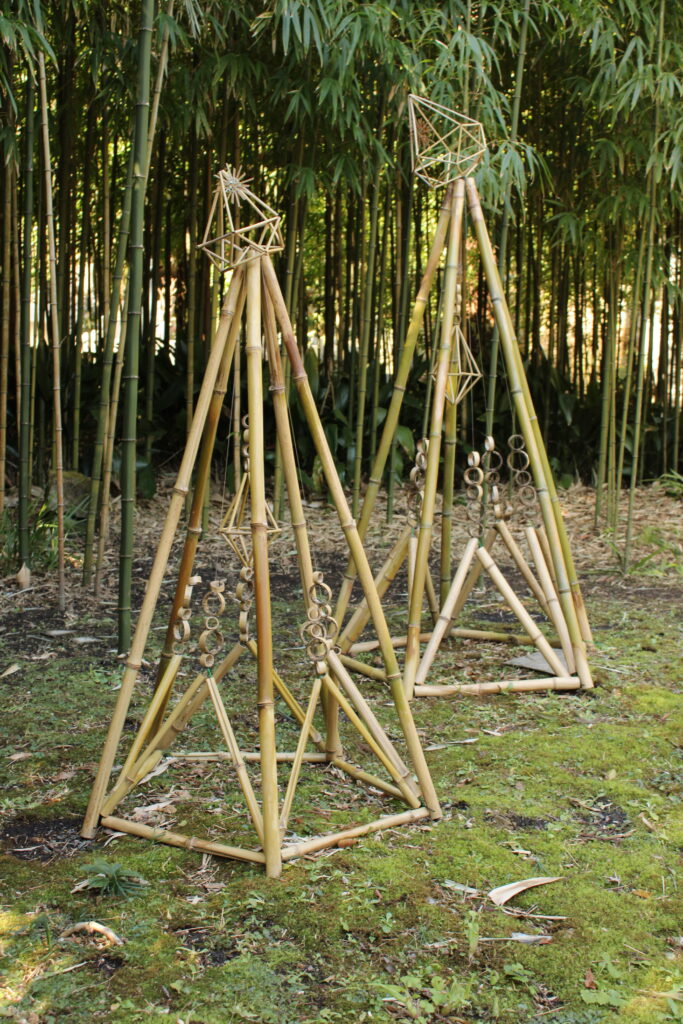
One of the must-see highlights here is the stone statue of Hotei, one of the Seven Lucky Gods of Kamakura and Enoshima. It’s definitely worth a visit!
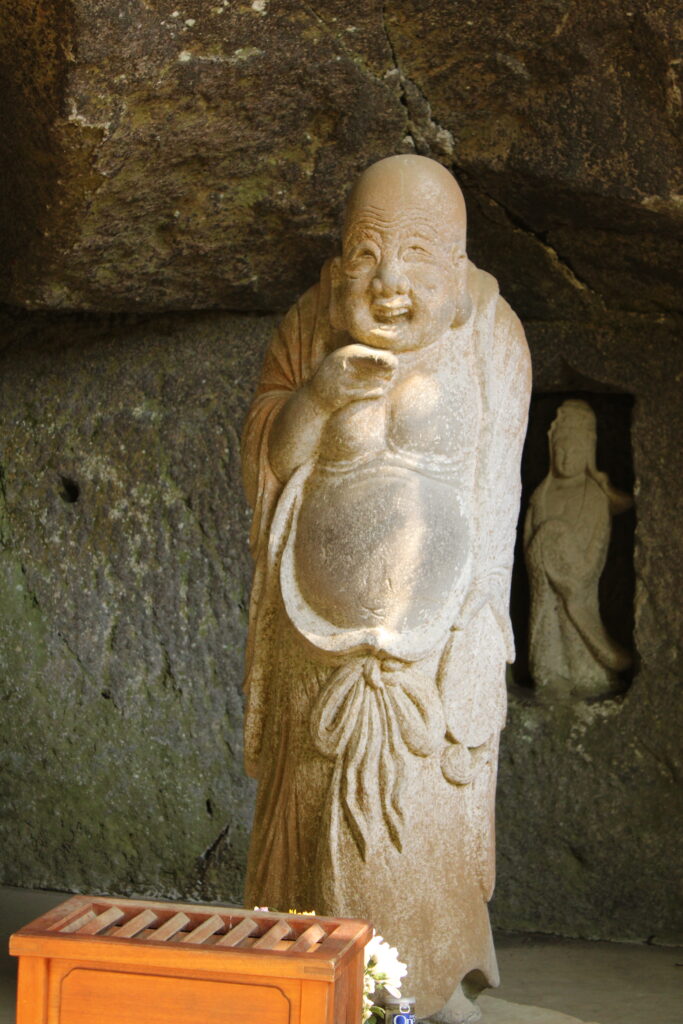
There’s much more to explore, so be sure to stop by and experience the unique atmosphere for yourself.
If you’re interested in learning more about Jōchi-ji Temple, check out the detailed article I’ve written about it here.
08 Jōchi-ji Temple | くま吉の歴史散歩ブログ
Eishō-ji Temple

Eishō-ji Temple is located just about a 5-minute walk from the west exit of Kamakura Station. What makes Eishō-ji unique in Kamakura is that it’s renowned as a “temple of flowers”— the only Buddhist nunnery of its kind in the city.
This temple was founded by Okaji (Eishōin), a descendant of Ota Dōkan, the famous samurai who helped build the early Edo Castle. Okaji served under Tokugawa Ieyasu, and she established the temple on the grounds of Dōkan’s former residence. Interestingly, because Okaji was the mother-in-law of the first lord of the Mito Tokugawa family, the temple was often overseen by a princess from the Mito family.
One of my personal favorite highlights of Eishō-ji is the Amitabha Triad—a stunning sculpture believed to have been created by the famous Buddhist sculptor Unkei. Another must-see is the higanbana (red spider lilies) that bloom in early autumn.


The entire temple grounds are bathed in a sea of red flowers, creating an incredibly beautiful scene. The temple is also wonderful to visit during the autumn foliage season.
Eishō-ji is a peaceful and beautiful spot, perfect for those who appreciate the quiet beauty of nature and history. For more details about the temple, be sure to check out the article I wrote about it.
13 Eishō-ji Temple | くま吉の歴史散歩ブログ
Jōkōmyō-ji Temple
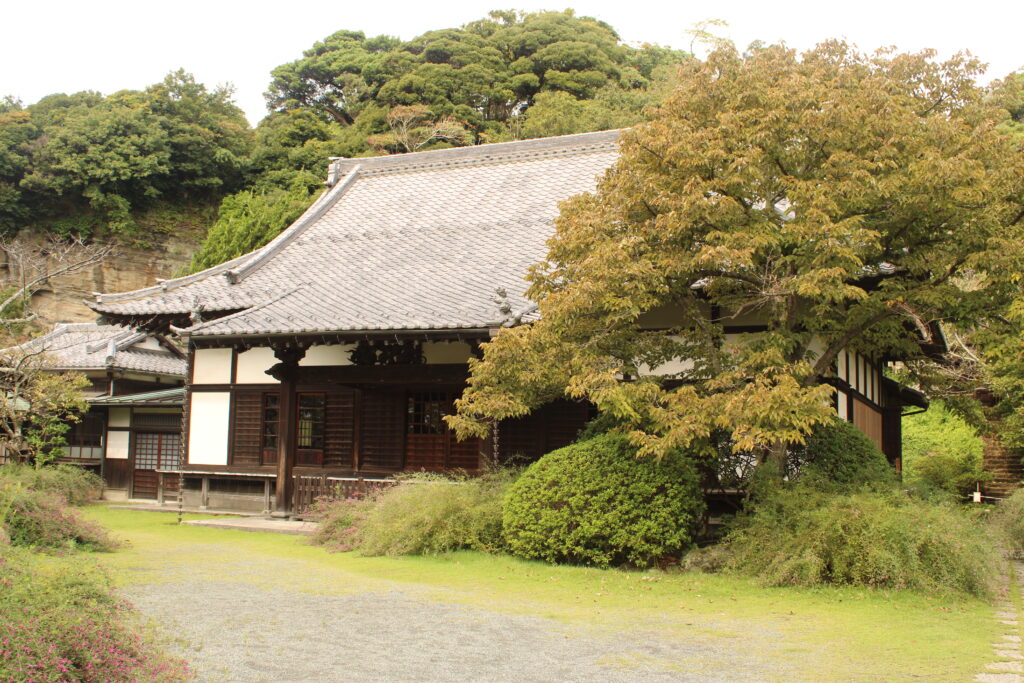
Jōkōmyō-ji Temple is located a 15-minute walk from Kamakura Station, heading towards Kita-kamakura. Founded in 1251 by the sixth regent of the Kamakura Shogunate, Hōjō Nagatoki, the temple is known for its remarkable Buddhist sculpture, the Amitabha Triad, housed in a storage building. This triad is regarded as one of the finest examples of Kamakura period sculpture.
The temple is also famous for its stunning flower displays in early autumn, including higanbana (red spider lilies) and hagi (Japanese bush clover), which are in full bloom during this season.
What I particularly love about Jōkōmyō-ji is its variety of Buddha statues. The Amitabha Triad is the highlight, though unfortunately, photography is prohibited inside the hall. I highly recommend seeing it in person to fully appreciate the craftsmanship and serenity of the scene.
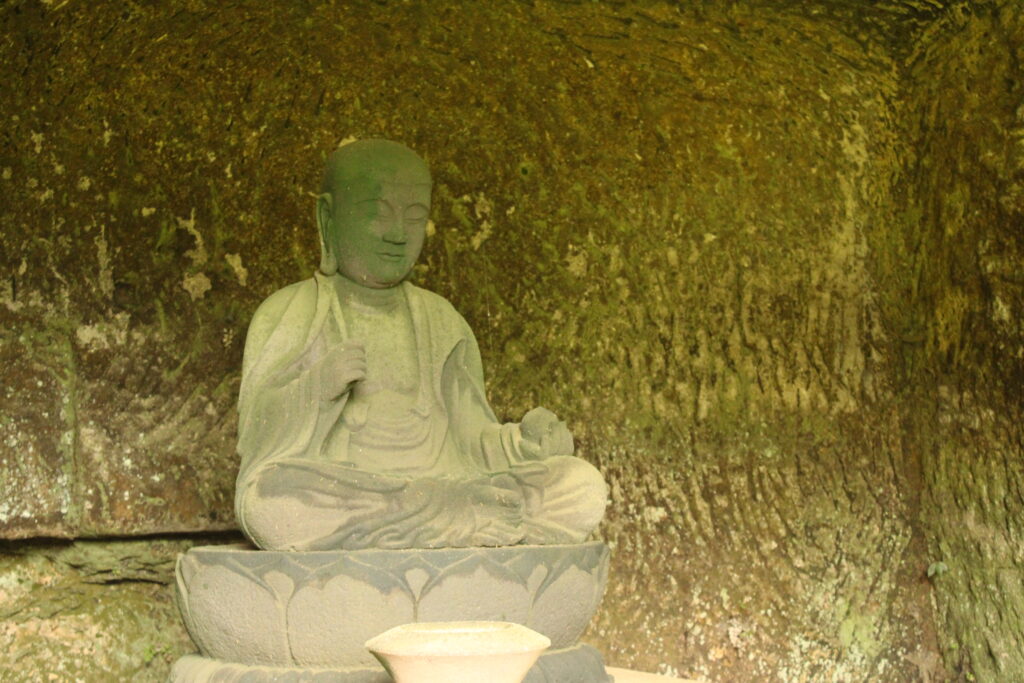
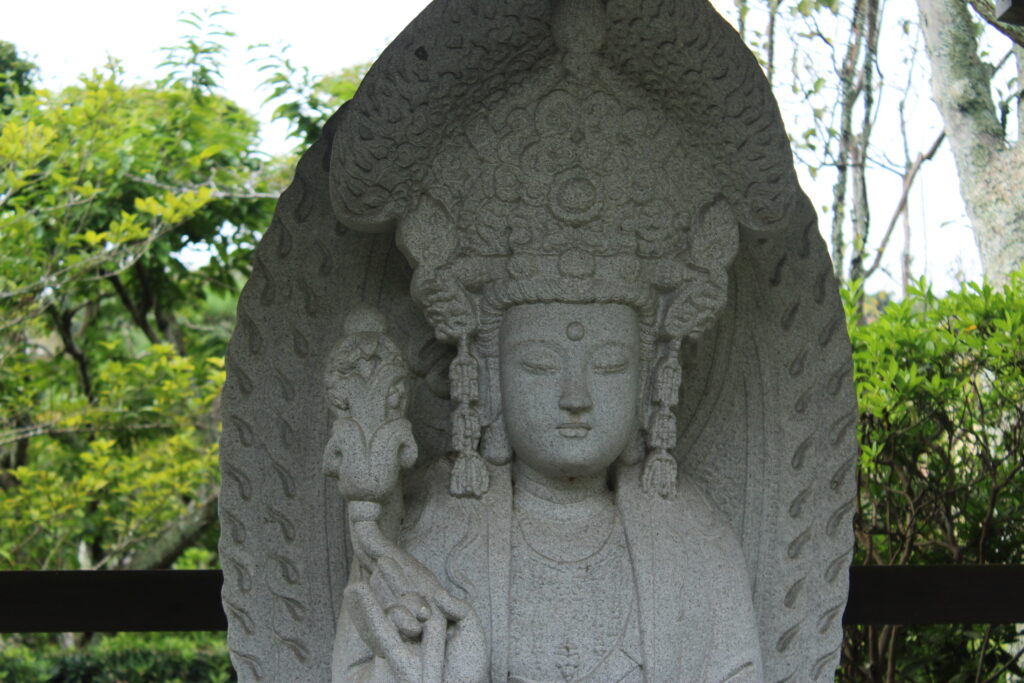
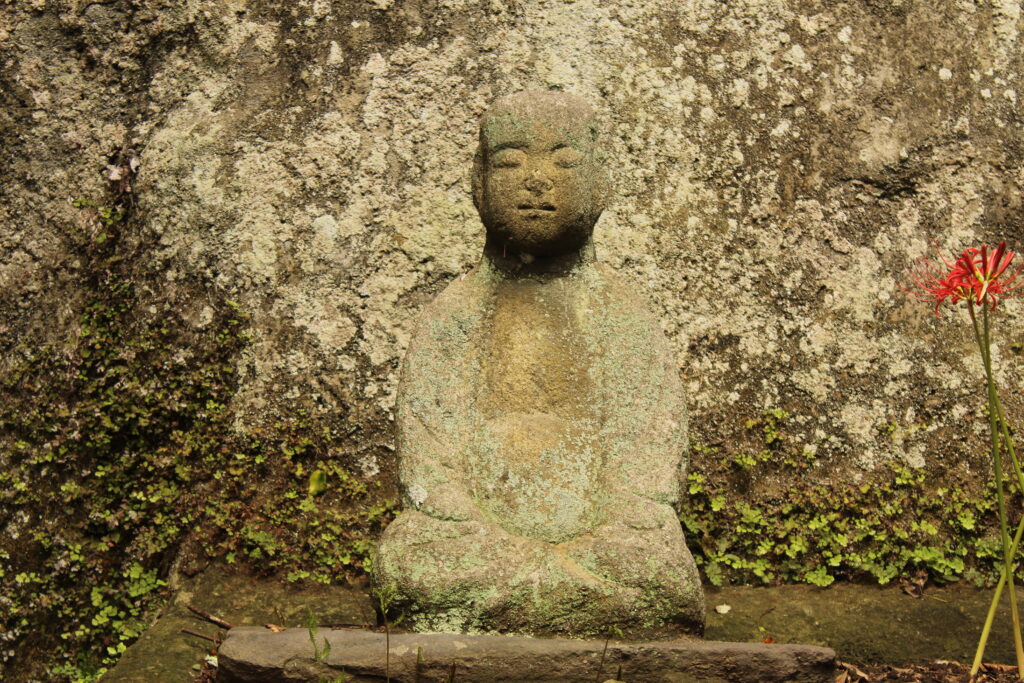
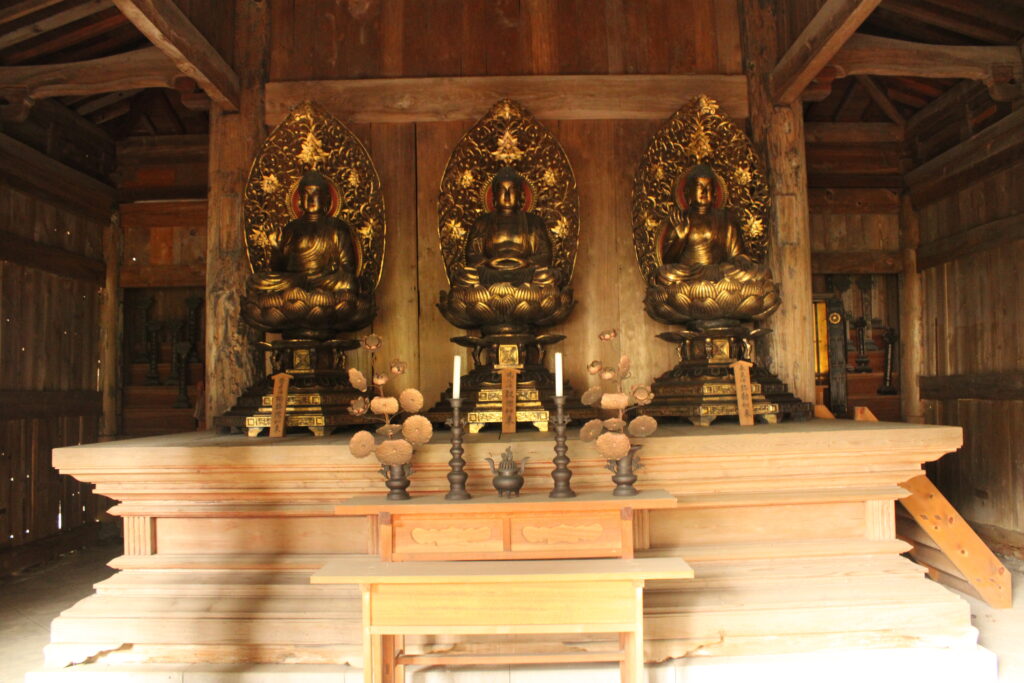
In addition to the impressive statues, the temple grounds are surrounded by lush nature, making it a great spot for a relaxed and peaceful visit.
If you want to learn more, check out the article I wrote about this wonderful temple.
14 Jōkōmyō-ji Temple | くま吉の歴史散歩ブログ
Gokuraku-ji Temple
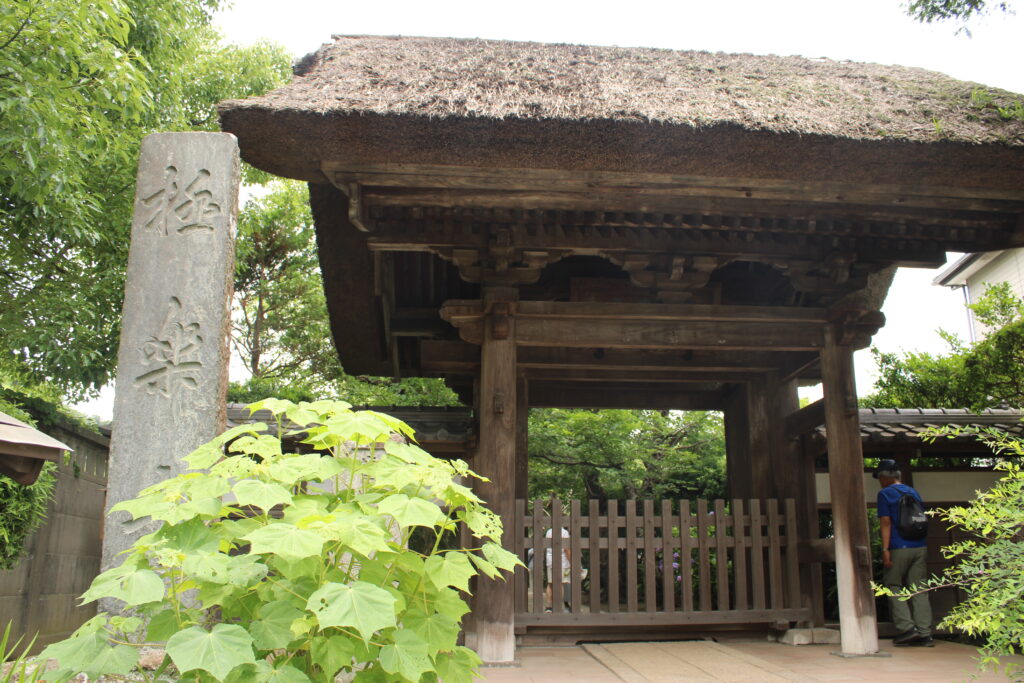
Gokuraku-ji Temple was founded by the Buddhist monk Ryōkanbō Ninshō, who studied the precepts of the Buddhist discipline under the guidance of the renowned monk Eison at the Saidai-ji Temple in Nara. In 1267, he became the first abbot of Gokuraku-ji. The temple was originally founded in 1259 in Fukazawa, but it was later moved to its current location by the Hōjō Shigetoki, the founder of the temple’s lineage.
During the Mongol invasions (the Genkō), Gokuraku-ji became a site for prayers for the country’s safety, and even after the fall of the Kamakura Shogunate, it continued to serve as a place for imperial prayers for the nation’s peace.
One of my favorite aspects of Gokuraku-ji is its connection to Ninshō and the beautiful hydrangeas. Ninshō is well known for his work helping the socially marginalized, such as the poor and those suffering from leprosy. The temple houses a pharmaceutical mortar believed to have been used by Ninshō in his efforts to aid the suffering.
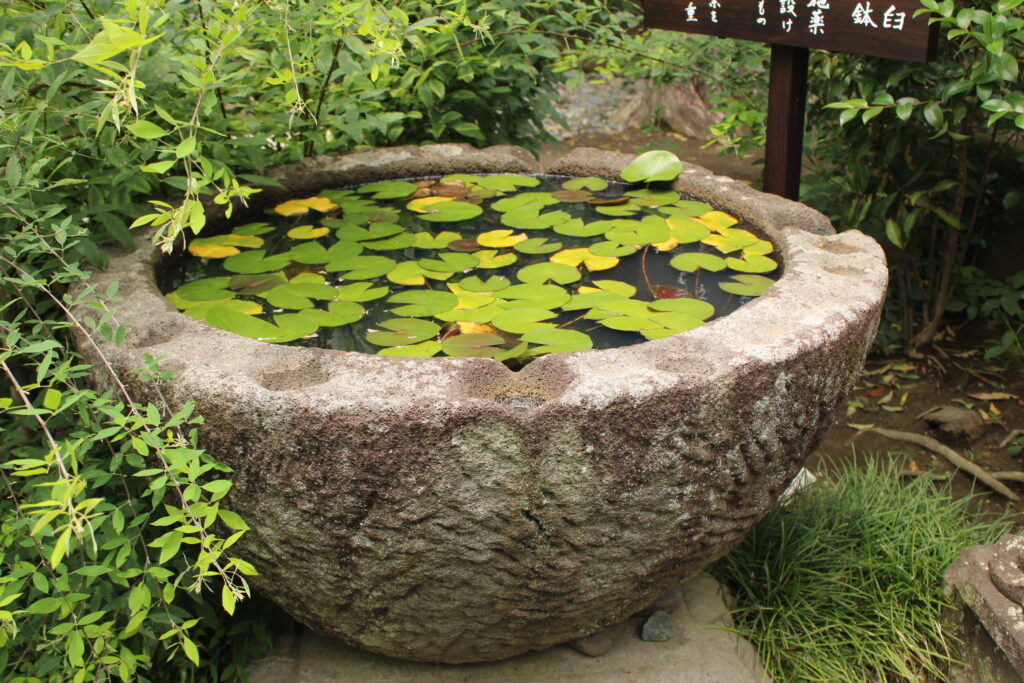
The temple grounds are also particularly stunning during the hydrangea season, when the entire area blooms in vibrant colors, creating a serene and picturesque scene.
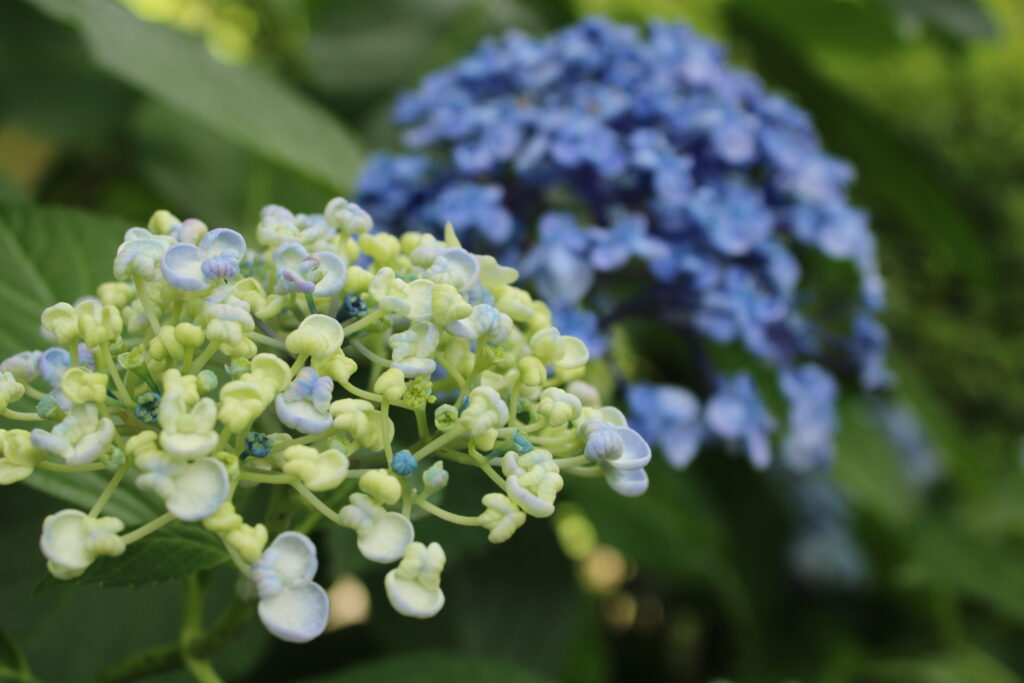
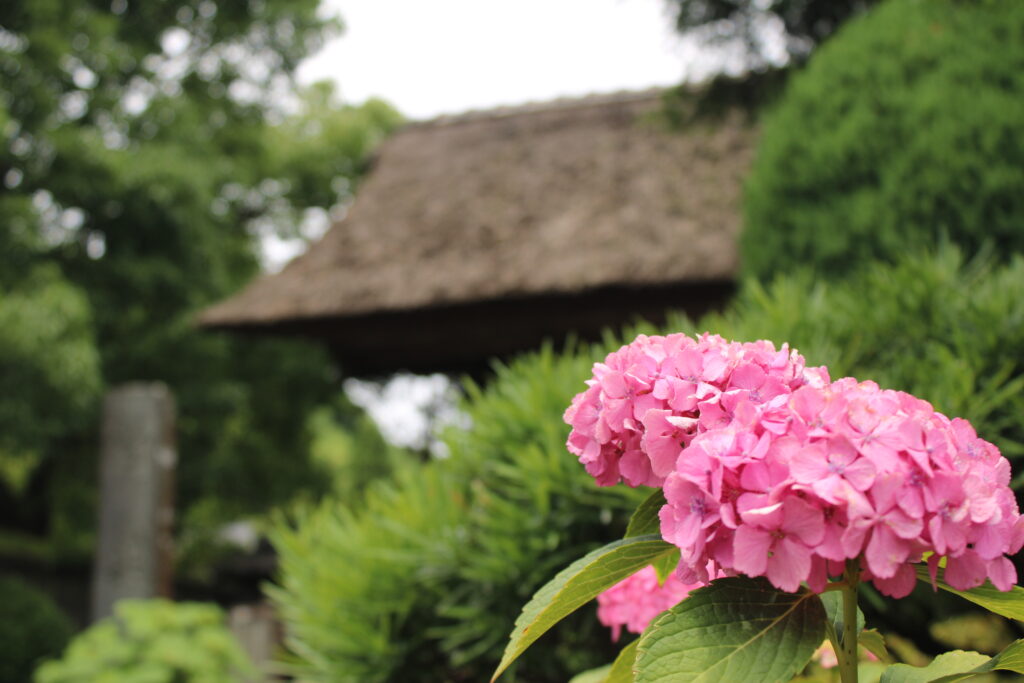
For more information about Gokuraku-ji, please check out the detailed article I’ve written.
10 Gokuraku-ji Temple | くま吉の歴史散歩ブログ
Myōhō-ji Temple

Myōhō-ji Temple is located about a 15-minute walk from the east exit of Kamakura Station. The temple holds significant historical importance as it marks the place where Nichiren, the Buddhist monk from Awa (now southern Chiba Prefecture), first established a thatched hut as part of his missionary work in Kamakura. This area is also the site of the Matsubagayatsu Incident, when Nichiren’s hut was burned down by those who opposed his teachings.
Later, Nichiei, the son of the imperial prince Moriyoshi, built this temple to protect Nichiren’s legacy and to honor the tragic deaths of his parents.
What I find particularly compelling about Myōhō-ji is its connection to Nichiren and its stunning natural beauty. The most important focus when studying Nichiren is the site of his original hut, known as The Remains of Nichiren’s Hut in Matsubagayatsu. This is where Nichiren lived for nearly 20 years, making it a deeply significant site for those interested in his life and teachings.

The temple grounds are also beautifully maintained, with lush greenery and a peaceful atmosphere perfect for reflection.
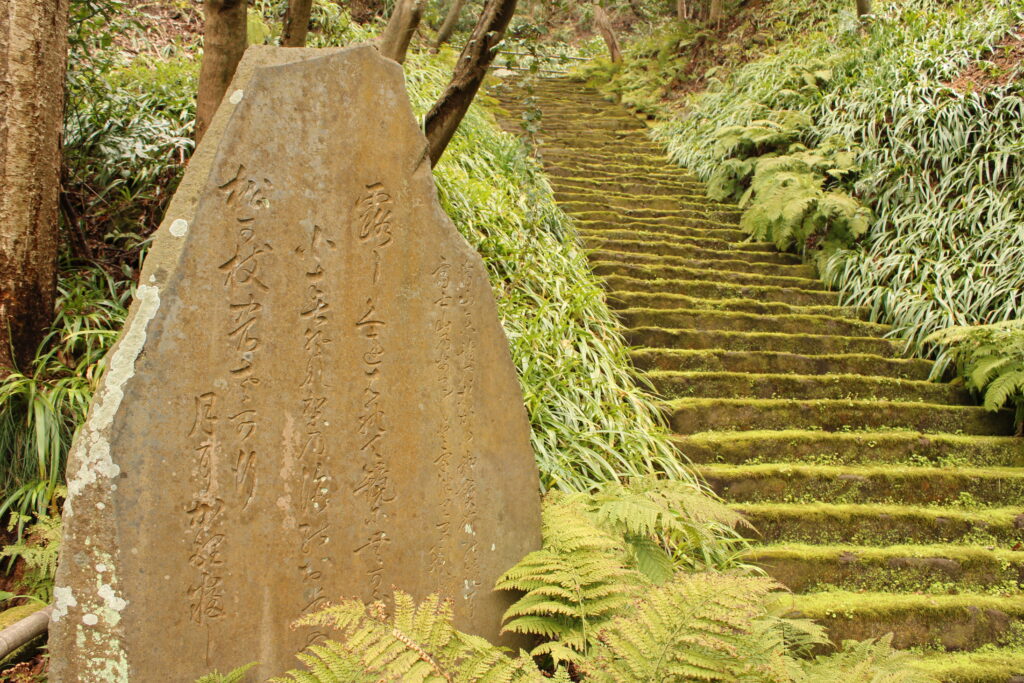

Additionally, just next door to Myōhō-ji is Ankokuron-ji Temple, another site deeply connected to Nichiren’s legacy. If you visit Myōhō-ji, I highly recommend making a stop at Ankokuron-ji as well.
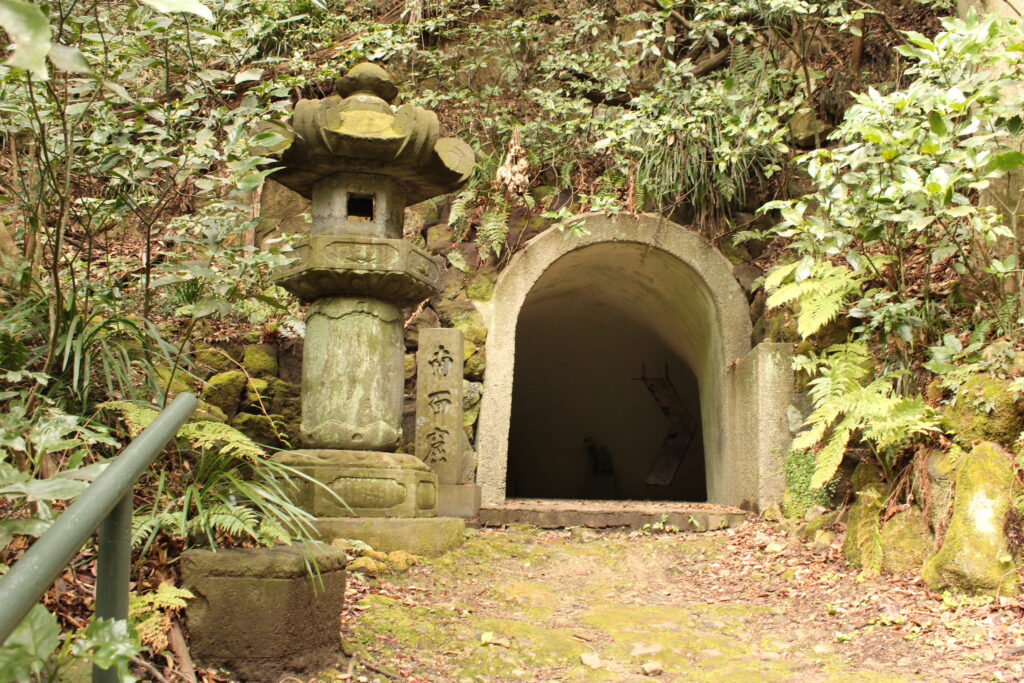
For more details on Myōhō-ji, feel free to read the article I’ve written here.
11 Myōhō-ji Temple | くま吉の歴史散歩ブログ
Conclusion
How was it? The temples I’ve introduced today may not be the typical tourist spots, but they are filled with charm and history. Personally, I enjoy these quieter, more tranquil temples the most.
If this is your first time in Kamakura, you might want to visit the more famous sites like Tsurugaoka Hachimangu Shrine or Kōtoku-in Temple, as they are must-see destinations. However, if you’ve been to Kamakura before or want to experience a deeper, more serene side of the city, I think these lesser-known temples are a perfect choice.
I hope this list has inspired you to explore the quieter corners of Kamakura. Enjoy your trip, and happy exploring!
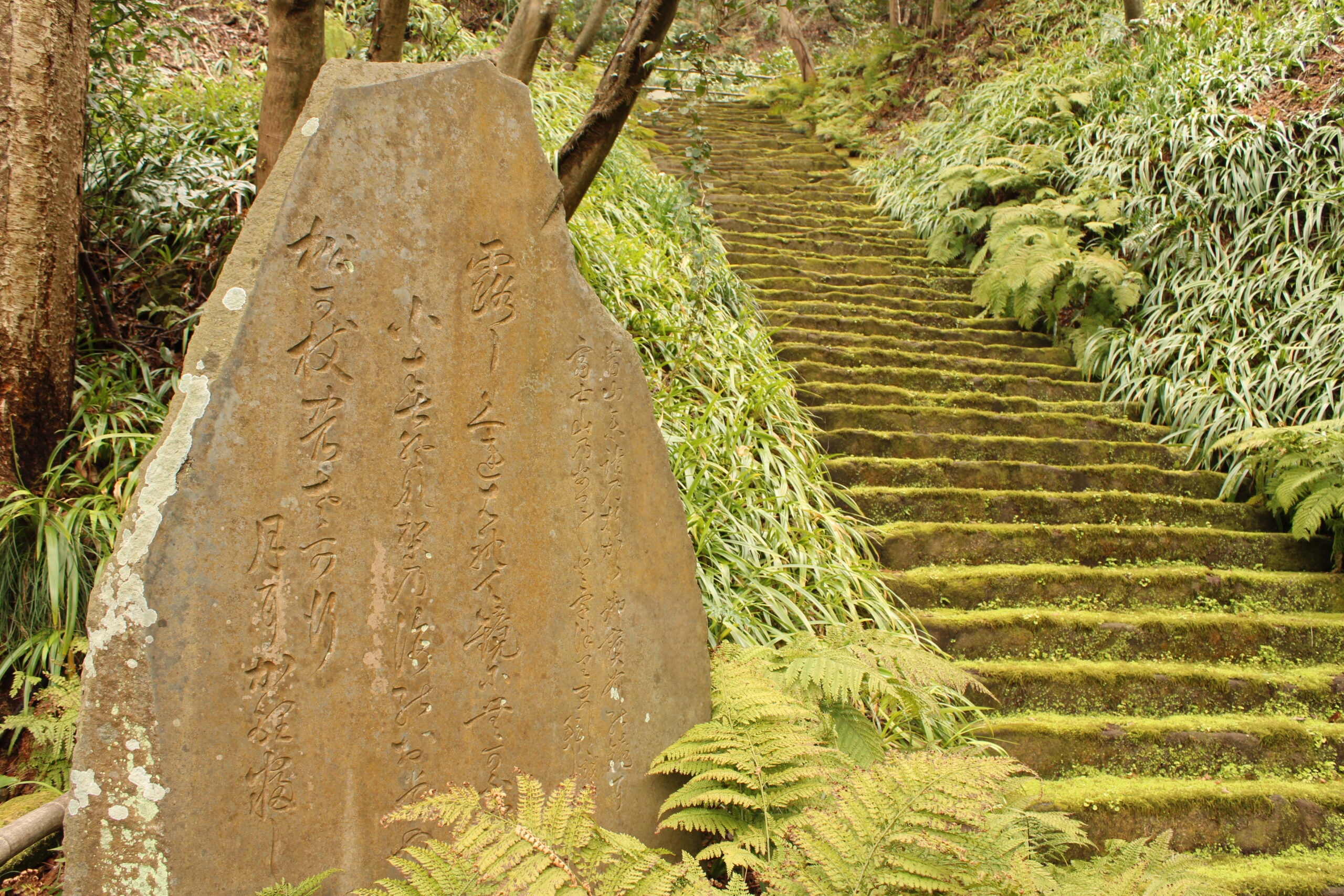


コメント